
Product information
Graci ‘Arcurìa’ Nerello Mascelese 2019
$102
Description
The Arcurìa is beautifully fine and long, with a sense of grace and delicious perfume that entrances. Essential to give it a decanter and plenty of time for it to show you its full potential. Boy, when it does you go to a happy place.
Graci, are, killing it! These are refined wines, beautifully balanced, elegant, with amazing textures, and, entrancing perfumes.
In stock




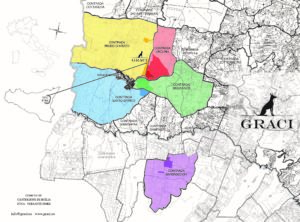
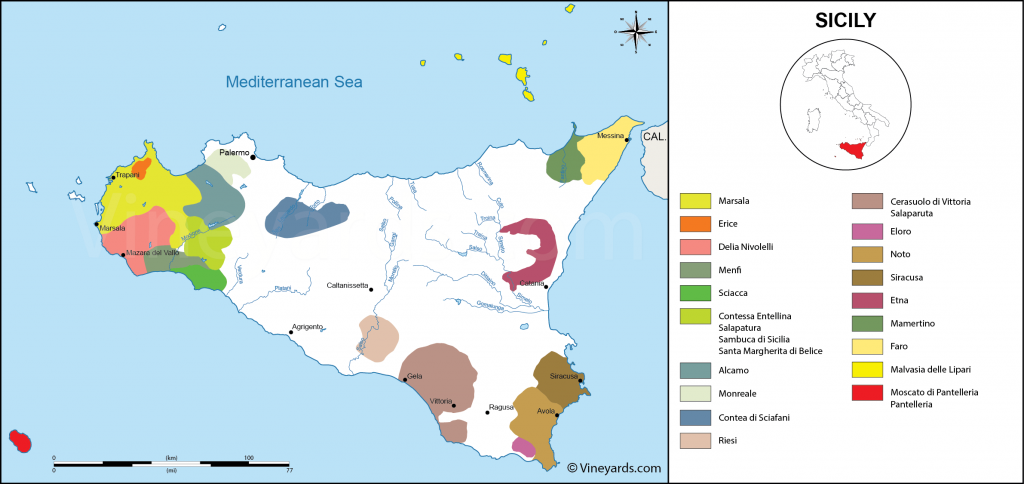
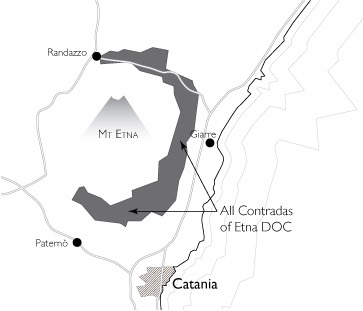
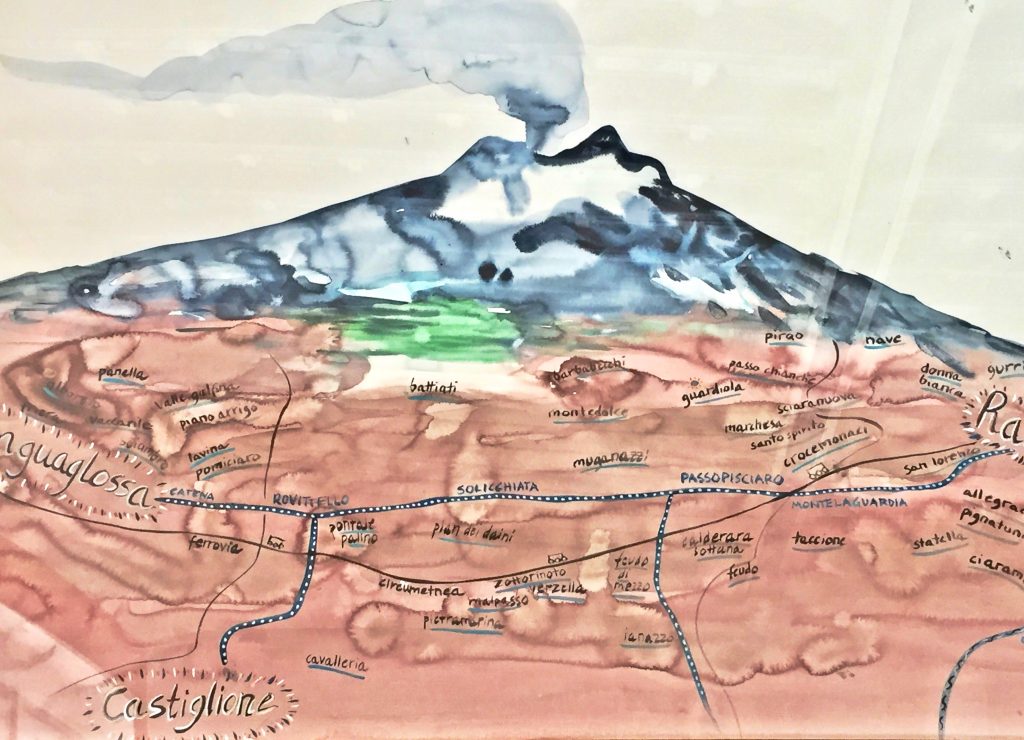
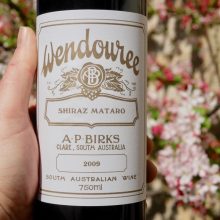


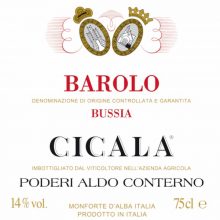
You must be logged in to post a comment.